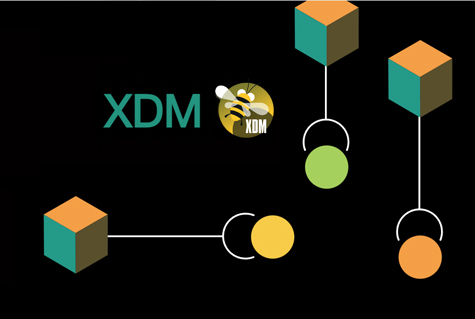Optimized and efficient test data management brings maximum flexibility, faster time-to-market, improved software quality, lower costs through automated test data procurement, and more. Before such a system can be implemented at your company, your individual needs must be determined. For this purpose, six sets of questions need to be answered. The following is an excerpt from our detailed guidelines.
Question 1 – What is the current status quo of your test data management?
First, take a look at how your company is currently positioned in terms of test data. What is going well and what needs to be improved? Where are the weak points in the current approach?
Due to dynamic developments, a flexible and automated test data strategy is increasingly becoming an important success factor. For this reason, it often makes sense to review the efficiency of existing procedures and, if necessary, prepare the next development stage.
Question 2 – What are your expectations of the new solution?
What do you want to achieve by optimizing your test data management? What is particularly important to you? What goals are to be achieved with a new solution?
In most cases, the existing methods are optimized by automating processes. Manual activities can be replaced and accelerated. The reduction in processing time leads to earlier availability of test data at the push of a button.
Question 3 – What is the scope and type of application?
Which test procedures are used? What data volumes need to be processed and how frequently? What level of automation is required for the individual test procedures? How many employees, departments, projects need test data?
The requirements for test data are diverse. A flexible test data management system can handle all processes and provides the right data for each required test at any time – automated or manually controlled as required.
Question 4 – What specific requirements and test data quality are needed?
Do you need high-quality test case data that represent the actual production data as accurately as possible? What security conditions must be met?
Test data not only has to be precisely tailored to the respective application; it also has to meet certain criteria in order to be usable. The risk of only finding errors or inaccuracies in an application in the productive environment is minimized by good test data quality and availability.
Question 5 – What process requirements must be met?
Which TDM processes are to be optimized? Which special applications and special cases need to be integrated into an optimal solution?
In the best case, developers and testers can order the required data at the push of a button via an order form. And for frequent functional tests, version statuses of test data environments are helpful. For edge cases, synthetic data close to production should also be available.
Question 6 – What IT systems are currently used?
Which platforms and database systems do you use? How complex is your application structure?
Conclusion: Before the development of an optimal TDM system can be undertaken, some fundamental questions must be clarified. We would be happy to support you in this task!
Take advantage of our free initial telephone consultation for all your questions. Another option: we spend a day at your company and work out your individual profile on site. If you would like to learn more about the technical side of TDM Suite, we will be happy to present the features to you in a live demonstration.


